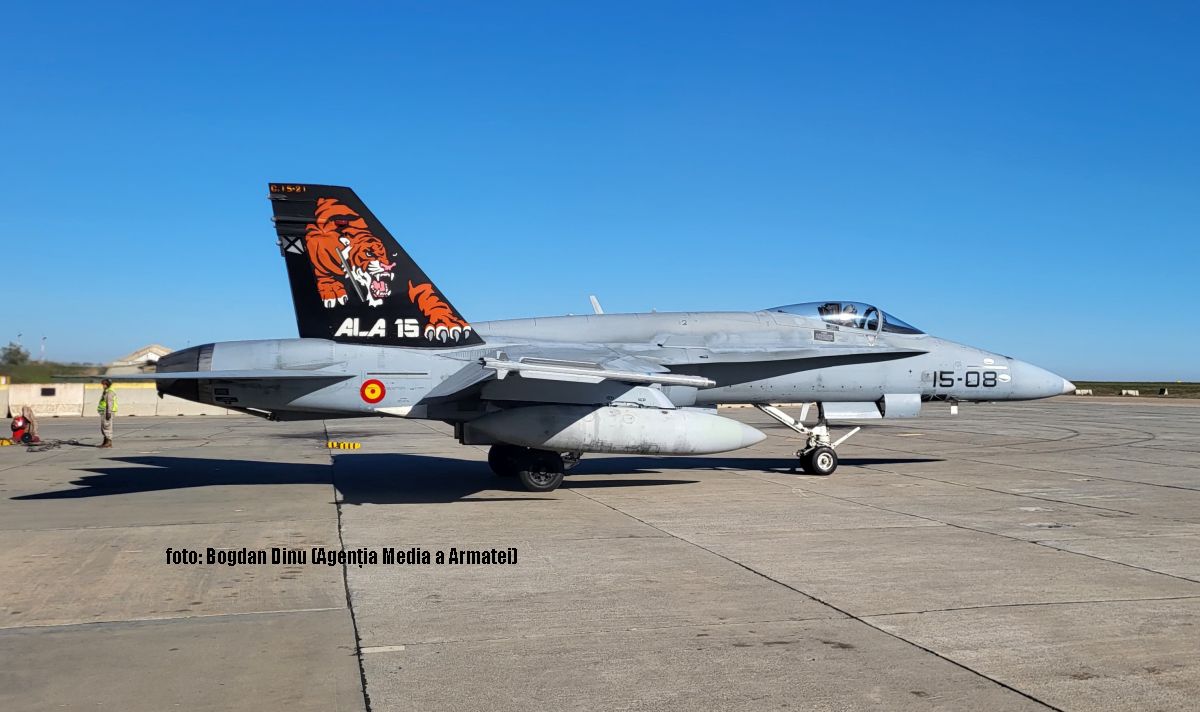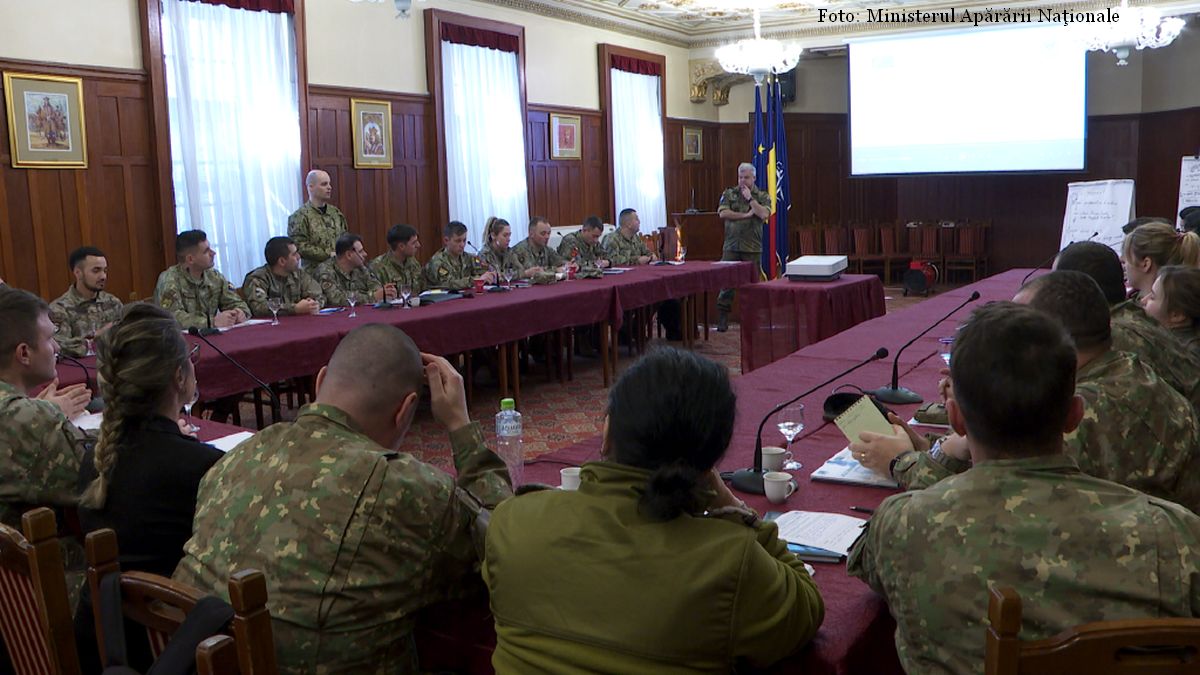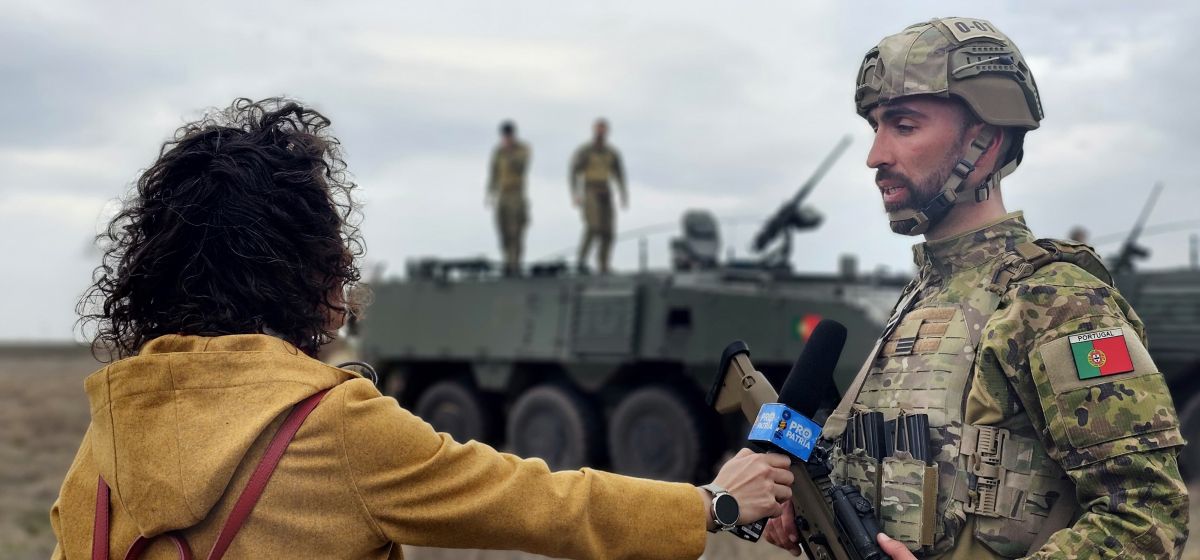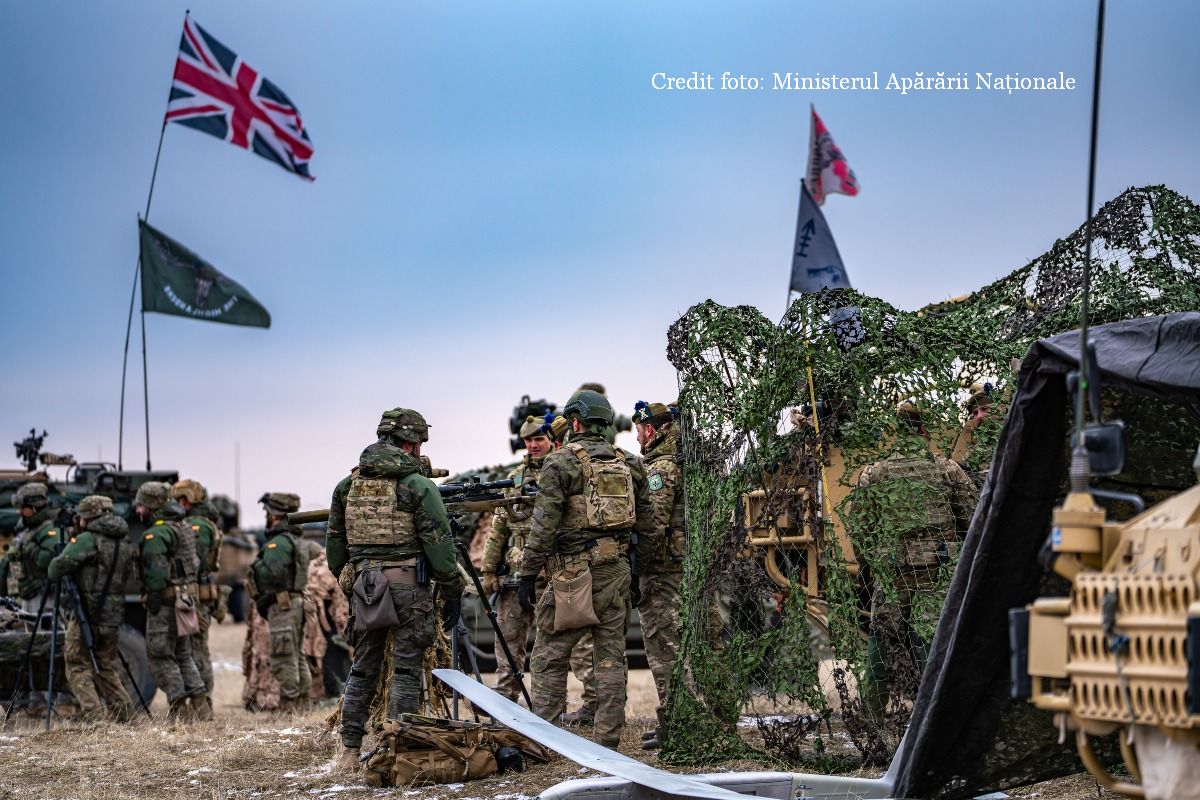Romania. The Eastern Flank: Spanish F18 Hornet aircraft hunt drones in Romanian skies
Spanish F18 Hornet aircraft are hunting drones in the sky of Romania, within NATO’s airspace.

Lăcrămioara Simion, 27.11.2024, 14:00
Spanish F18 Hornet aircraft are hunting drones in the sky of Romania, within NATO’s airspace. Several times in the last two months, the residents of Constanța County, on the shores of the Black Sea, have received alarm messages from the Ro-Alert system on their phones advising them to take shelter because objects may fall from the sky. What in the last year was happening only on the northern border of the Chilia arm of the Danube Delta, in the direct vicinity of Ukraine, at Ismail or Chilia Veche, is suddenly also happening in a large city in Romania. And the noise of military planes flying over the city at low altitude shows that the hybrid war, the electronic war or simply the war of drones launched by the Russian Federation has also reached Constanța.
In the cockpit of the military planes that fly over the city of Constanța, alongside the Romanian F16 aircraft, there are also pilots of the Spanish F18 aircraft from the “Guard” squadron of the Spanish Air and Space Forces who have been performing reinforced air policing missions here for four months, starting in August. They are stationed at the 57th Air Base “Căpitan aviator Constantin Cantacuzino” from Mihail Kohălniceanu, just a few kilometers north of Constanta and are the first to take off in such cases. After receiving the “alpha scramble” mission (a real interception mission), the pilots of the three aircraft permanently on alert (in total 8 aircraft are deployed here), run to the aircraft and in a few minutes (15 minutes) take off. Lieutenant-Colonel Rafael Ichaso Franco, commander of the “Guard” squadron, said: “We act on such real interception missions as a rule with two F18 Hornet aircraft and we try to locate and identify the drones with the help of the equipment on board our planes.”
We also asked the commander of the detachment if it is true that all the real interception missions of late have been caused by drones that have reached our airspace or its proximity: “Yes, we can say that, but I must specify that, when we take off, we don’t know what the situation is, which aerial targets we are talking about, but in general you are right, recently these aerial targets reported were drones of the Russian Federation.” Lieutenant Colonel Rafael Ichaso Franco confirmed.
When visiting them at the airfield, the alarm cell was manned by pilots from the 12th Aviation Wing in Torrejon, 24-26-year-olds, jovial and enthusiastic, who, despite their age, fly aircraft worth tens of millions of euros. Major Juan Enrique Lopez, chief of operations within the detachment, said: “We had some issues related to drones considering that, in today’s real world, drones are a significant threat. But fighting them really remains a challenge, it’s a challenge to manage to control the situation and keep NATO’s airspace safe.”
Another problem is the visual identification of these relatively small drones, especially when flying an F18 aircraft. Major Lopez also gave us some explanations: “They are small aerial targets and due to the material they are made of, the reflection surface is also very small. But we have certain sensors and equipment on our aircraft that can pick up the thermal signature, the source of heat given off by the drone’s engine, and so we can locate it. The real challenge in locating drones is to visually identify them, especially since they are painted black and launched at night, but we eventually succeed because we have a lot of sensors that are effective even in low light conditions, night vision and infrared missiles,” Major Lopez concluded.
The mission of the Spanish pilots and F18 aircraft will end here in Romania on November 30. The Russian Federation’s drones will certainly continue to test the Alliance’s airspace as part of a hard-to-control hybrid war. (Bogdan Dinu, LS)






























